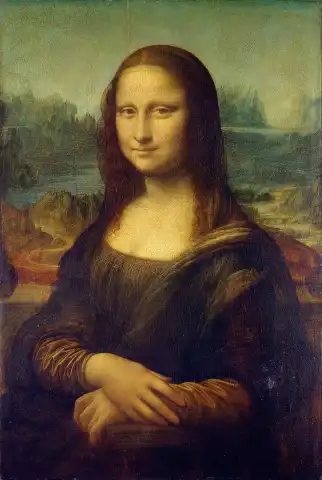Hand-painted painting reproductions - Artists - Steichen Edward
Imagine owning an original work of art by Steichen Edward, one of the greatest artists in history. At POD we offer you the opportunity to make this dream come true. We reproduce Steichen Edward's works down to the smallest detail, so you can enjoy them in your own home.
Our reproductions are made by experienced artists who use the best materials and techniques. We are dedicated to providing you with the highest quality works of art, which will bring joy and inspiration to your family for generations.
Edward Steichen was a Luxembourgish-American photographer, painter, and curator, born on March 27, 1879, in Bivange, Luxembourg. He is widely recognized as one of the most influential figures in the history of photography, playing a pivotal role in the development of modern photography during the 20th century.
Steichen's family emigrated to the United States when he was a child, and he grew up in Milwaukee, Wisconsin. In his early years, Steichen showed an aptitude for art, studying at the Milwaukee Art Students League and later at the Académie Julian in Paris. Initially drawn to painting, he exhibited alongside renowned artists in various salons, but his interest in photography soon took center stage.
At the turn of the century, Steichen became involved with the Photo-Secession movement, founded by Alfred Stieglitz, which aimed to establish photography as a legitimate art form. Steichen's photographs from this period often showcased pictorialist aesthetics, emphasizing soft focus, atmospheric effects, and a painterly approach to the medium.
During World War I, Steichen served as the official photographer of the American Expeditionary Forces, capturing powerful images that documented the war's impact. His experiences during this time had a profound effect on his artistic vision.
In the 1920s and 1930s, Steichen transitioned from pictorialism to a more modernist and straight photography approach. He embraced sharp focus, clean lines, and geometric compositions, reflecting the evolving trends in photography. His famous image "The Flatiron Building" is an iconic example of this transition.
In addition to his photographic work, Steichen also made significant contributions to the field of fashion photography, working for magazines such as Vogue and Vanity Fair. His innovative use of lighting and composition helped redefine the aesthetics of fashion photography.
Steichen's influence extended beyond his role as a photographer. He served as the director of photography at the Museum of Modern Art (MoMA) in New York from 1947 to 1962, organizing groundbreaking exhibitions that showcased the work of other influential photographers.
Edward Steichen's legacy is marked by his tireless efforts to elevate photography to the realm of fine art. His impact on the medium is immeasurable, and his diverse body of work, ranging from early pictorialism to modernist photography, continues to be studied and celebrated. Edward Steichen passed away on March 25, 1973, leaving behind a profound and lasting legacy in the world of photography.





